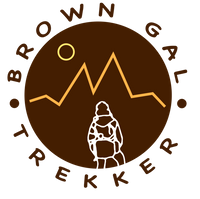The Fight for Workforce Equity on Kilimanjaro
(This was published in Alpinist Magazine, Issue 72).
AT 2:30 A.M. in Arrow Glacier Camp, Lukiano Barnabas woke in the dark. It was the peak tourist season in Kilimanjaro, and Barnabas, along with another guide, two porters and two clients, were up early to avoid the heat of the sun. While the standard ways up Kilimanjaro can be done without climbing equipment, Barnabas's group was headed for the Western Breach, a scrambling route widely known for its risk of rockfall.
Over a combined seven years of experience on the mountain, Barnabas had guided the Western Breach twelve times. Nevertheless, Barnabas, who goes by the nickname "Lucky," felt apprehensive. Two hours into the climb, as they approached a steep rocky and snowy area, he noticed increasing gusts. The whole team donned crampons, but only the clients and the two guides had helmets. Barnabas, who led the group, heard a rumbling sound. When he looked up, he saw a cascade of stones rushing toward them. Barnabas instructed the group to lie on the ground. The rockfall lasted less than a minute. One client, who remained standing, sustained a broken ankle as a stone struck her leg. Barnabas and his team treated the injured woman and carried her five kilometers down to Lava Tower Camp. There, he radioed a ranger to arrange for a helicopter to transport her to a local hospital for treatment. The porters were fortunate to have evaded any serious head injuries this time.
